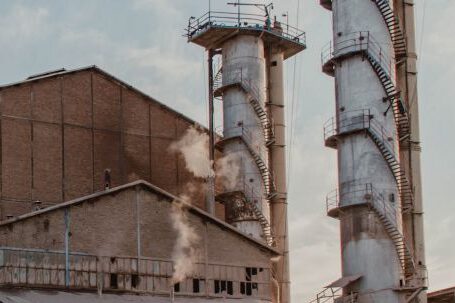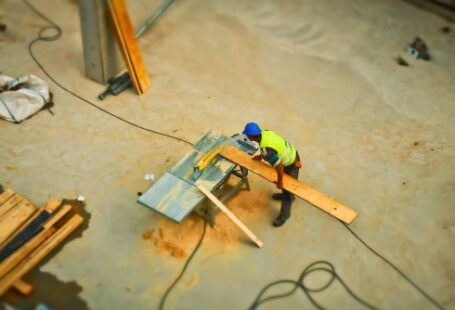The construction industry is one of the most dynamic and innovative sectors in the world today. As the world continues to develop and evolve, so does the construction industry, which is constantly looking for new ways to improve the strength and durability of its equipment. Advanced materials have become increasingly important in this regard, offering new solutions to strengthen and protect construction machinery and tools. This article will discuss the impact of advanced materials on the strength and durability of construction equipment.
Types of Advanced Materials
Advanced materials are materials that are specifically developed to meet certain requirements. They are often designed to improve the strength and durability of the equipment they are used in. Common types of advanced materials used in the construction industry include:
- Carbon fibre composites
- Fibre-reinforced polymers
- Ceramics
- Metals
- Polymers
- Nanomaterials
Each of these materials has its own unique properties that can be used to improve the strength and durability of construction equipment.
Benefits of Advanced Materials
The use of advanced materials in construction equipment has numerous benefits. Firstly, they can increase the strength and durability of the equipment, making it more reliable and capable of withstanding wear and tear. Secondly, they can reduce the weight of the equipment, making it easier to transport. This can be especially useful in the construction of large structures, where the weight of the equipment is a major factor. Finally, advanced materials can also reduce the cost of construction, as they are often more cost-effective than traditional materials.
Impact on Construction Practices
The use of advanced materials in construction equipment has had a significant impact on construction practices. For example, the use of carbon fibre composites has allowed for the construction of lighter and stronger structures, such as bridges and buildings. Similarly, the use of fibre-reinforced polymers has allowed for the creation of stronger and more durable concrete structures.
The use of advanced materials has also allowed for the development of more efficient construction processes. For example, the use of nanomaterials has allowed for the creation of smaller, more precise components, which can reduce the amount of labour and time needed to construct a structure. Additionally, the use of advanced materials can reduce the environmental impact of construction, as they often require fewer resources to produce.
Conclusion
Advanced materials have had a significant impact on the strength and durability of construction equipment. They have allowed for the creation of lighter and stronger structures, while also reducing the cost of construction. Furthermore, the use of advanced materials has allowed for more efficient construction processes, as well as reduced environmental impacts. As the construction industry continues to develop, the use of advanced materials will only become more important.






